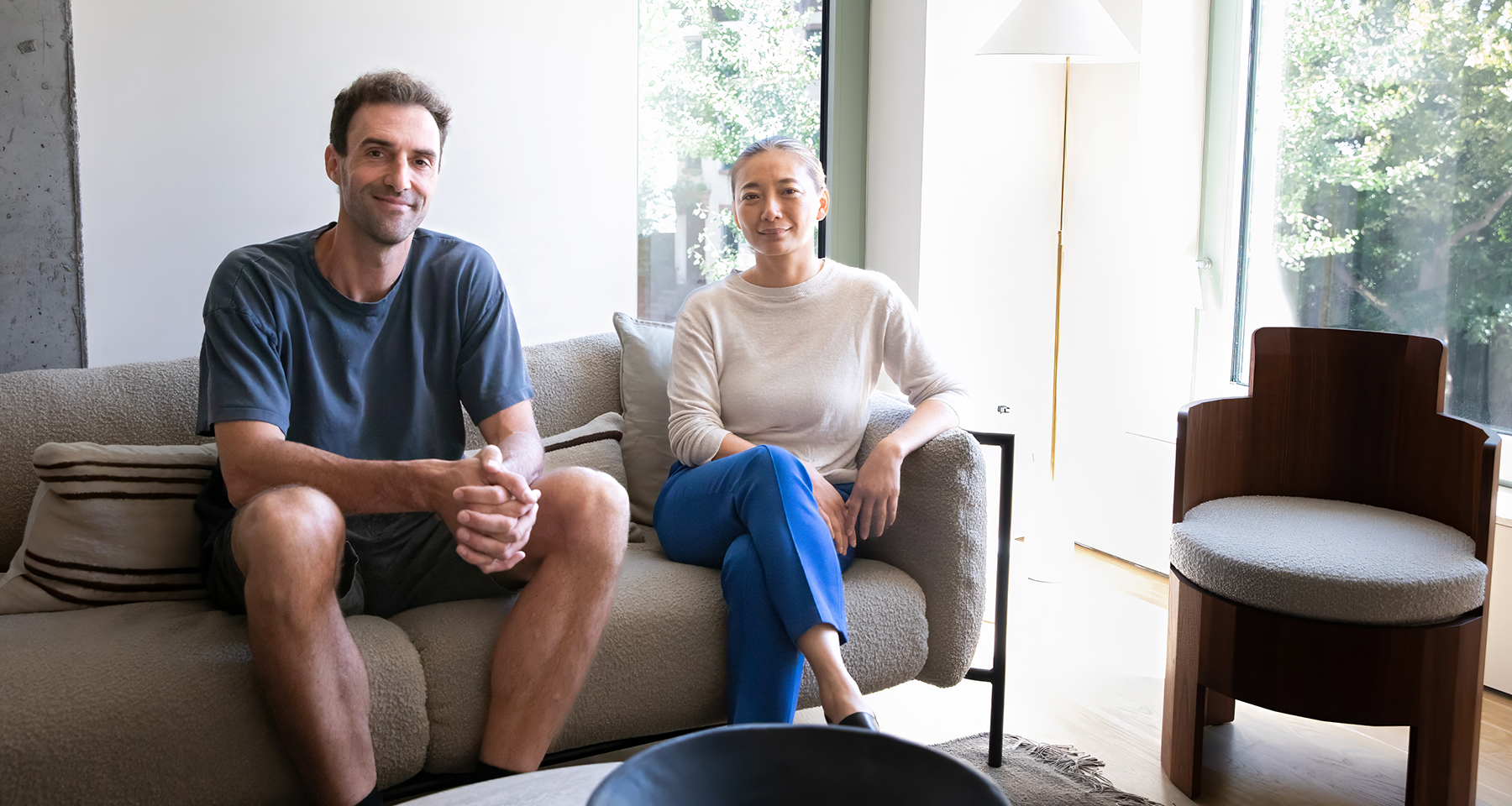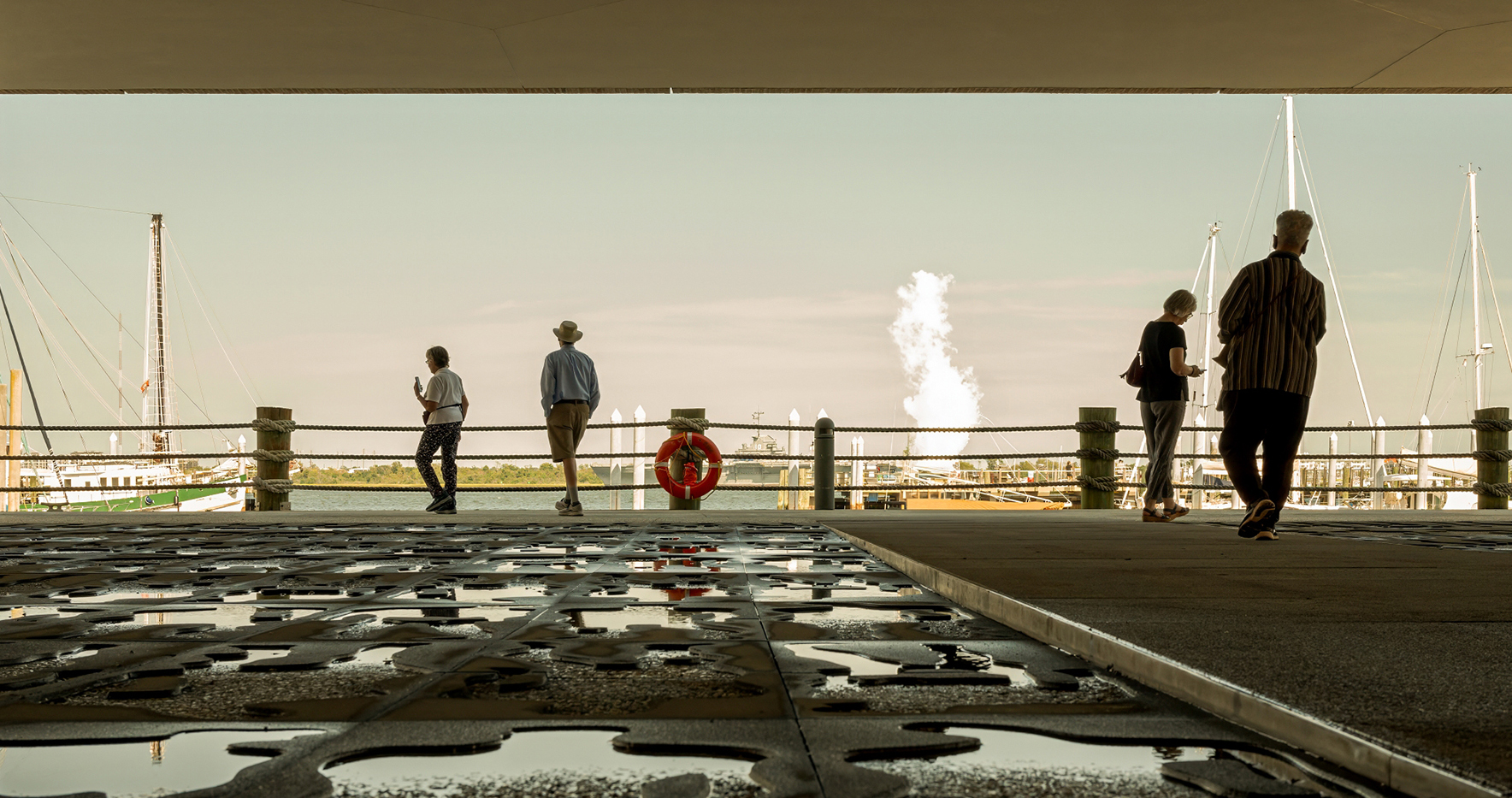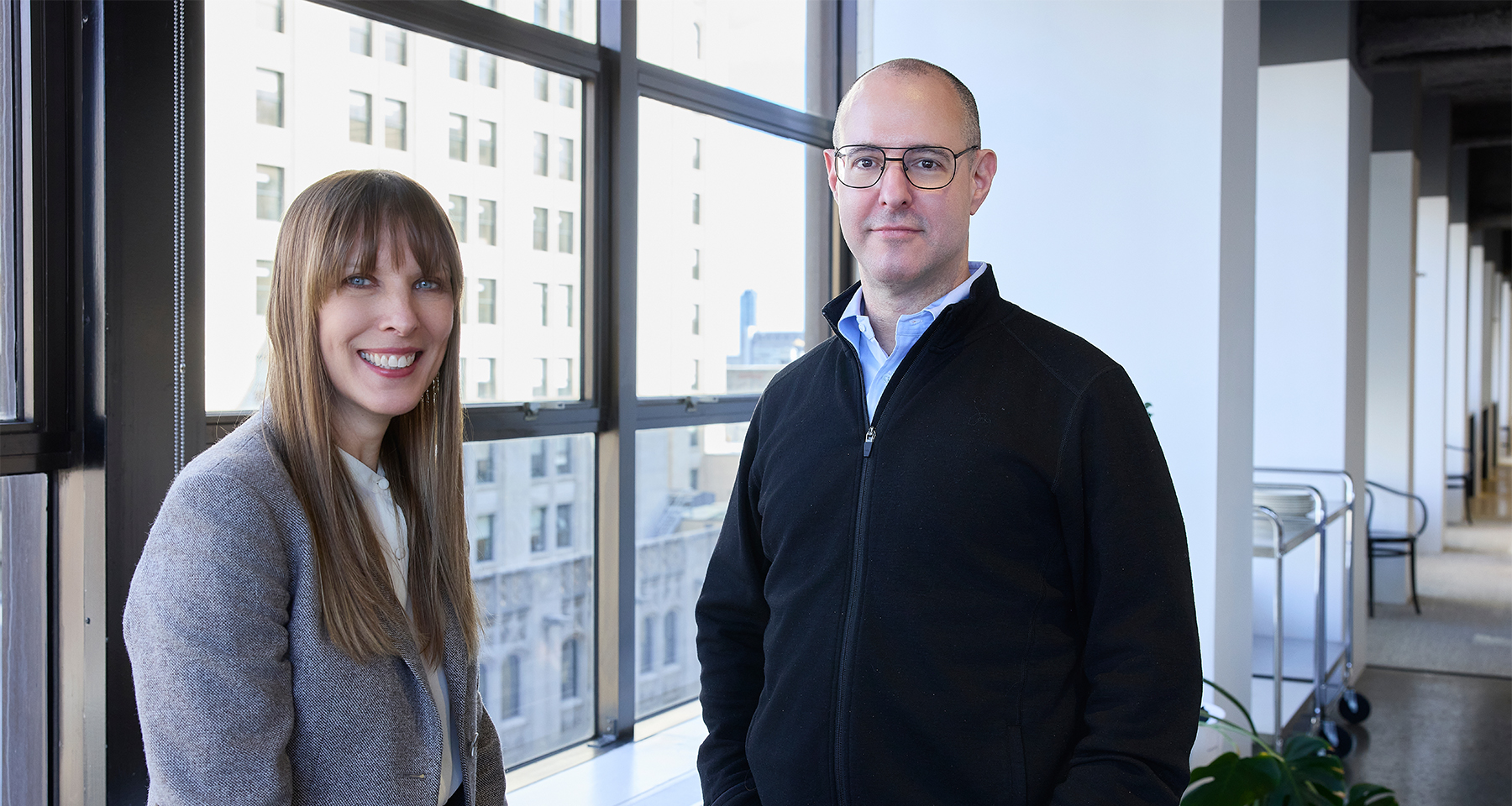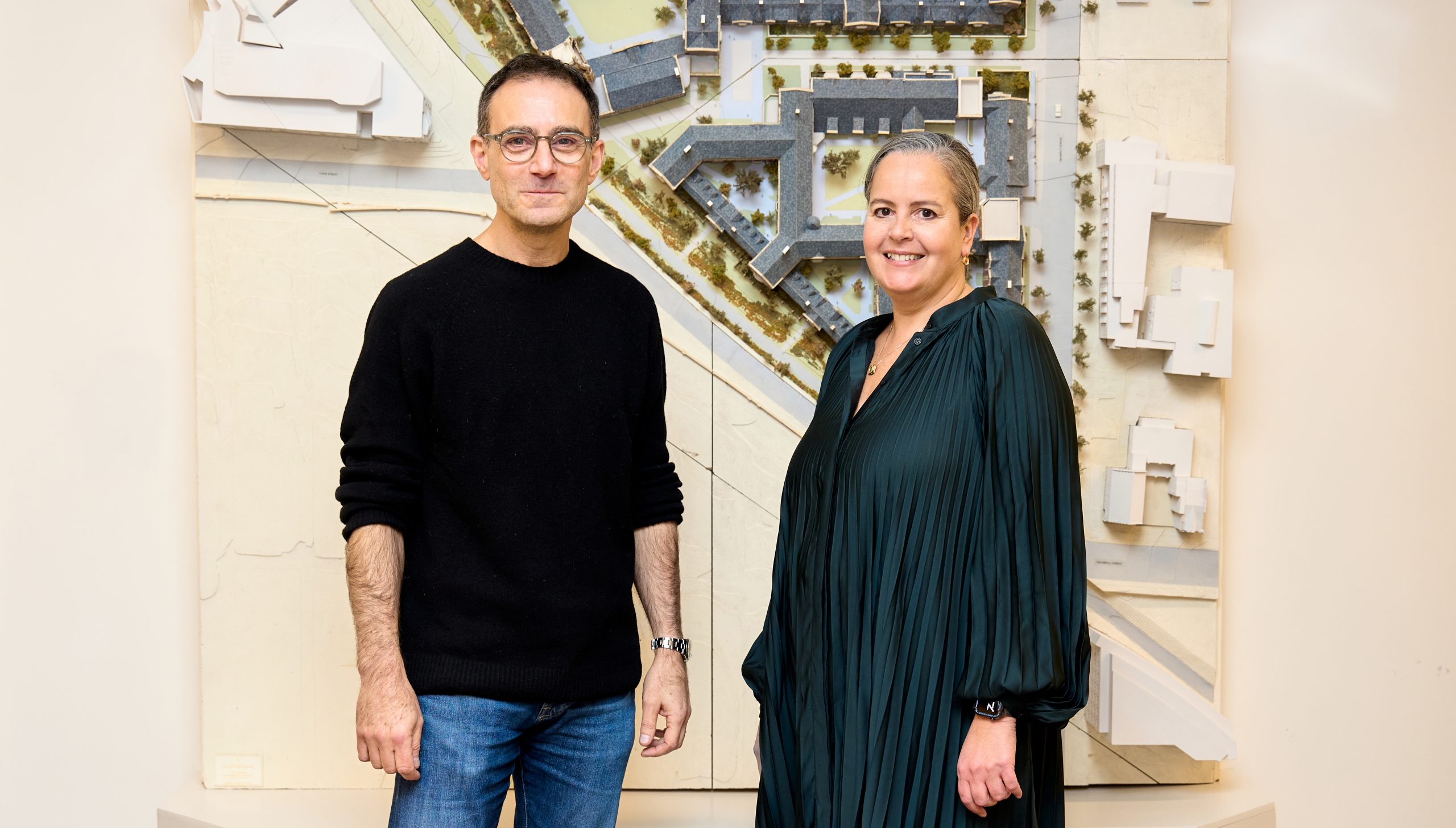Brick & Wonder Profile – Megan Grehl
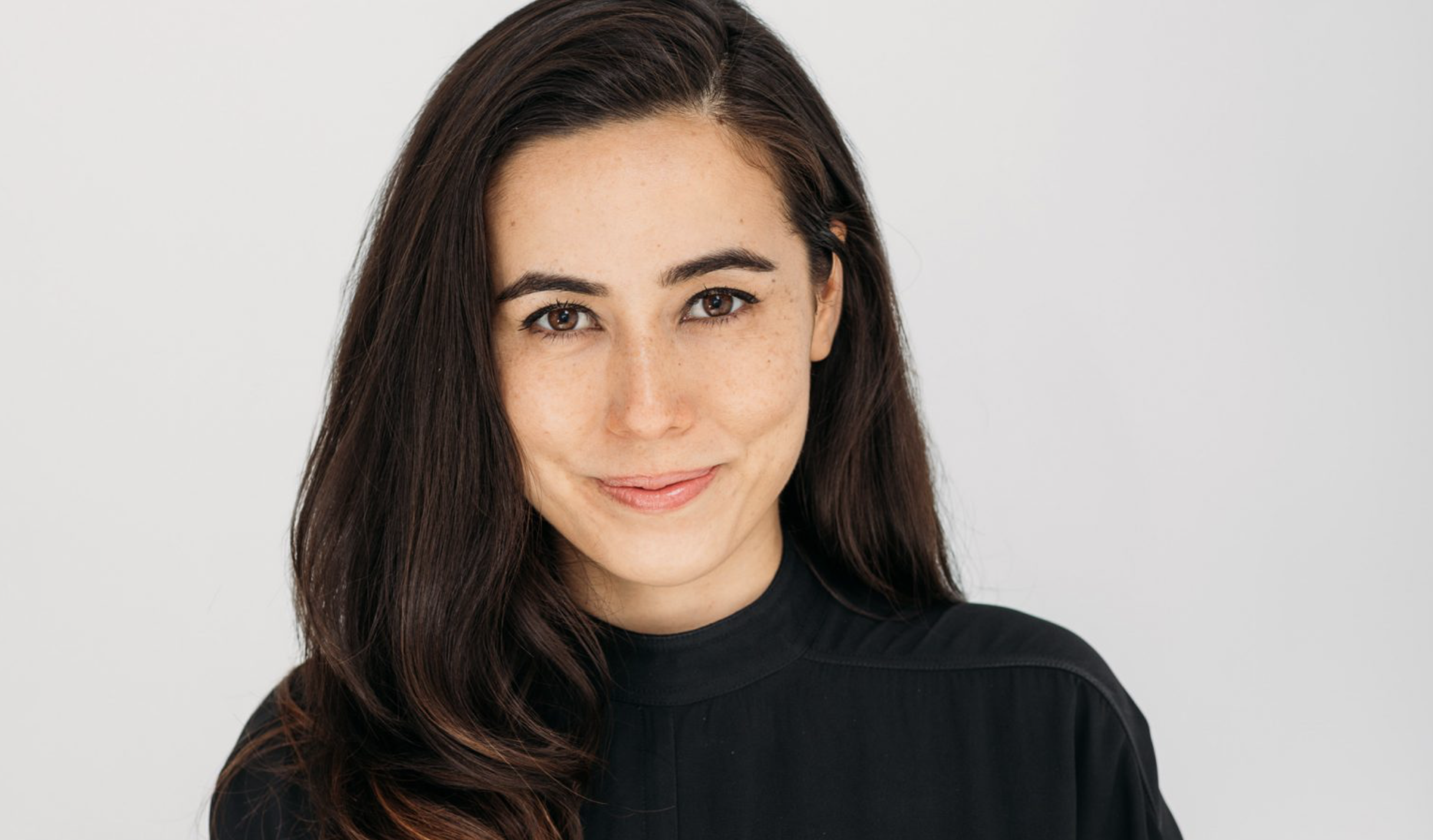
Megan Grehl is an interior designer and brand strategist who has leveraged her fluency in Mandarin and early-career experience working for big firms in Shanghai to build her own studio, serving a diversity of residential and hospitality clients in the US and China. We caught up with Megan to hear her story.
Tell us what you do.
We’re known for interior design, but our practise often includes creative direction and brand design. For example, we’re working on a hotel project in the French Alps at the moment – a sustainable eco resort with a view of Mont Blanc. We’re putting together renderings, pitch decks and idea boards for the brand direction, and we’re calculating the revenue for each of the potential programs. Another example is some work we’re doing with China’s largest restaurant group to create the uniform, graphic, and wayfinding design for one of their restaurant chains.
I grew up in China, so I speak fluent Mandarin. We get a lot of Chinese and Asian clients coming to us because I understand the cultural sensitivities on both sides. We’re a very multidisciplinary and multilingual team of six people. Between us we speak English, French, Spanish, Mandarin and Korean.
How did you get started?
I was a psychology major at university, but I’m a very fast paced person and couldn’t imagine being in med school for 6 years. I took a class on the history of architecture and I loved it, and considered becoming an architect, but this presented the same dilemma! There was a course at uPenn, where I took a one year undergrad and a one year masters in city planning with a focus in urban design.
When I graduated, Sanaa offered me an unpaid internship, but I couldn’t afford to live in New York unpaid. I took a job with an architecture firm in Shanghai doing urban planning. I worked on a project to design a one-million-person city based on the auto manufacturing economy, like Detroit, but I found the bureaucracy slow and frustrating.
During that time, my boyfriend was friends with one of the biggest nightclub owners in Shanghai and they asked me to do a renovation design for one of their venues. He loved it, and from there I started doing a lot of wine bars and clubs in Shanghai. I loved how fast that went, each project was more like 3-6 months and very hands on.
I applied to another firm in Shanghai who liked the nightclub work, and they placed me in a team working on the Meridian Hotel in Zhengzhou. The client was a very eccentric woman who loved art. She didn’t want any of the rooms to be the same – all the objects, artwork and furniture were uniquely curated to each room. She shipped all the artwork in from Paris. It was more stressful than any city planning exercise I had done! That was my segue into interior design within a firm.
And then you made your way back to the US?
I worked in Shanghai for another 3 years, but since graduating I hadn’t gained any US experience and I wanted to try working in the US market. I also felt that I didn’t want to work for someone else any more – I wanted to start my own firm. I started getting jobs through Homepolish, one of which was on the Upper West side and got published in Arch Digest.
I stopped working with Homepolish 3 years ago, but I’m grateful for the project I got from it. I found the fee structure was limiting my growth – I wanted to invest in growing a team. The work we do takes a lot of time, effort and coordination. If you sell people the idea of doing it in 2 hours, it undervalues the process.
What are some of your favorite projects you’ve worked on?
My favorite project is one I’m working on right now – a five-story Chelsea Carriage townhouse. We’re adding two new floors so it will be seven. The client is an awesome young guy who has great design vision. He’s really into hiphop and street style and we’ve harnessed that aspect of his interest to guide the project. We’re really trying to push what’s possible in a typical townhouse. This will be very unique – unpretentious but high end. We’re flying in a well known graffiti artist from Paris to graffiti the elevator shaft!
Another project I’m excited about is for China’s largest restaurant group. The design looks really beautiful and it’s exciting because it’s a big client who doesn’t necessarily have the design vision, but they have the resources to support our design.
Your husband is an architect and occasionally you work on projects together. How does that work for you both?
My husband Côme has his own practise which is financially and legally separate from mine. We did that intentionally because our brand messages are very different. Mine is more about creative direction and setting narrative. Côme is Passive House certified and very focused on sustainability. We sometimes work together when clients want both interior design and architecture services. If Côme needs FF&E help, I can help with that and if I need an MEP engineer he helps me. He’s like a consultant to my company and I’m like a consultant to him.
What kind of projects do you want to work on and what are you excited about?
I love the narrative of design – the most exciting part is setting the story behind the design, but you don’t see that much from residential clients. In the near future, I would love to get more into hospitality.
Another thing I’m excited about is VR. We’re starting to use VR to show clients their projects. Obviously, clients love seeing real material samples, leather, marble, mesh, etc, but VR is a great communication tool. When you physically see furniture choices in place, that really helps clients make decisions.
At the moment you have an all-women practise. Tell us more about that.
We are very careful about hiring. I’ve seen more than fifty candidates for each of the roles we’ve hired – and we’ve interviewed men for these positions, obviously.
In our industry, there is a lot of pigeon-holing us as ‘decorators’. I can’t tell you how many times a man has spoken to me in a way that shows they think I don’t understand design or construction or scheduling. I love seeing their reactions when we explain details that they haven’t even thought of!
I’ve found in general that women are better at juggling multiple disciplines. Being flexible is something I see as very feminie – one minute it’s architecture, one minute marketing, one minute graphic design. I think that’s a trait in the people I hire that I value. I think being more multifaceted enhances creativity – it’s inherently about exposure to different mediums and skills and life experiences. If I were to hire a man they would need to be just as flexible and multifaceted as the women in our office.

